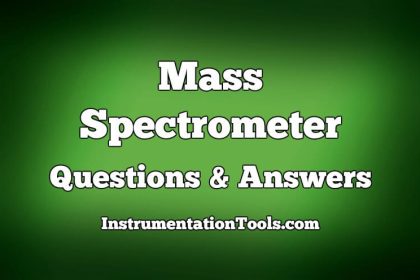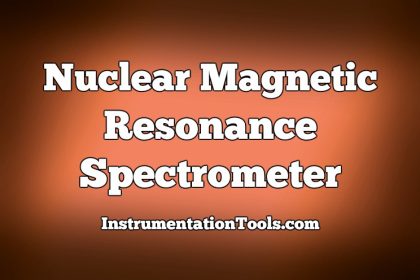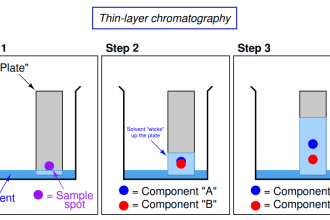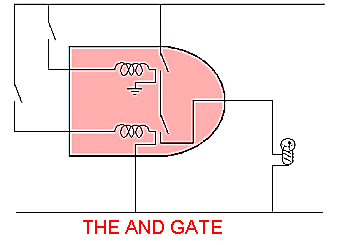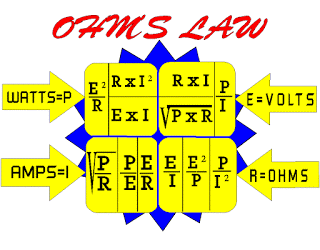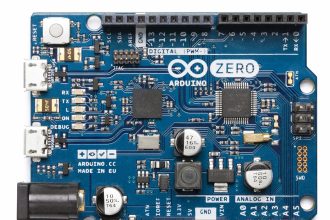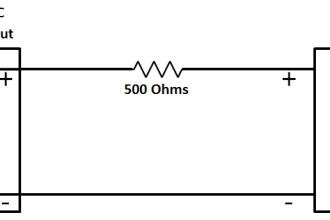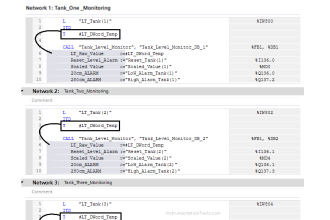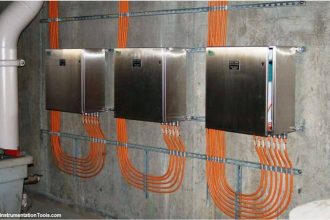Common Physical Nonlinearities
1. The term backlash is associated with:
a) Servomotors
b) Induction relays
c) Gear trains
d) Tacho generator.
Answer: c
Explanation: The term backlash is associated with Gear trains.
2. With feedback _____ increases.
a) System stability
b) Sensitivity
c) Gain
d) Effects of disturbing signals
Answer: a
Explanation: Feedback can increase system stability as well as can reduce the stability of the stable system.
3. By which of the following the system response can be tested better?
a) Ramp input signal
b) Sinusoidal input signal
c) Unit impulse input signal
d) Exponentially decaying signal
Answer: c
Explanation: System response can be best treated with the impulse response as when the input is impulse input then the output is itself the response of the transfer function.
4. In a system zero initial condition means that :
a) The system is at rest and no energy is stored in any of its components
b) The system is working with zero stored energy
c) The system is working with zero reference signal
d) Laplace transform is not possible
Answer: a
Explanation: In system zero initial condition means the system is at rest and no energy is stored in the system previously.
5. In a system low friction co-efficient facilitates:
a) Reduced velocity lag error
b) Increased velocity lag error
c) Increased speed of response
d) Reduced time constant of the system
Answer: a
Explanation: In a system low friction facilitates reduced velocity error as the friction error is equal to the velocity error.
6. Hydraulic torque transmission system is analog of :
a) Amplidyne set
b) Resistance-capacitance parallel circuit
c) Motor-generator set
d) Any of the mentioned
Answer: c
Explanation: Hydraulic torque transmission system is analog of Motor-generator set.
7. Spring constant in force-voltage analogy is analogous to?
a) Capacitance
b) Reciprocal of capacitance
c) Current
d) Resistance
Answer: b
Explanation: Spring constant in force-voltage analogy is analogous to reciprocal of the resistance which is also series analogy.
8. The frequency and time domain are related through which of the following?
a) Laplace Transform and Fourier Integral
b) Laplace Transform
c) Fourier Integral
d) Either b or c
Answer: a
Explanation: The frequency and time domain mainly continuous time domain are related by the Laplace and Fourier transform and discrete time and frequency are related by the discrete time Fourier transform and z transform.
9. An increase in gain, in most systems, leads to:
a) Smaller damping ratio
b) Larger damping ratio
c) Constant damping ratio
d) Zero damping ratio
Answer: a
Explanation: Damping factor is inversely proportional to the gain and if the gain increases the damping factor and hence the value reduces.
10. Static error co-efficient are used as a measure of the effectiveness of closed loop systems for specified ________ input signal.
a) Acceleration
b) Velocity
c) Position
d) All of the mentioned
Answer: d
Explanation: Static error coefficients are used as a measure of the effectiveness of closed loop system for specified acceleration, velocity and position of input signal.


